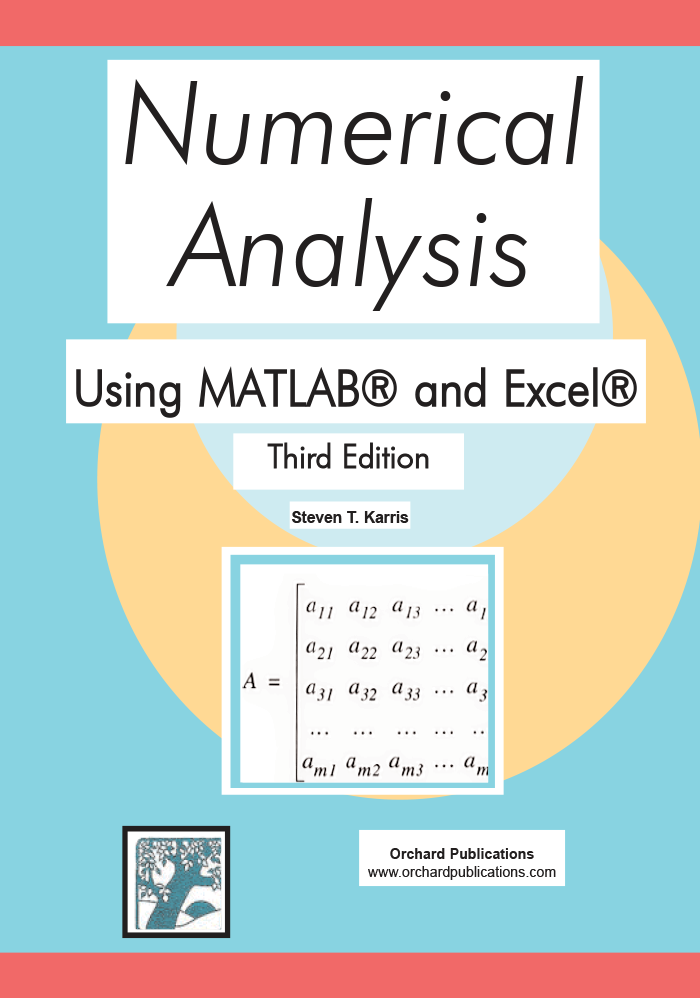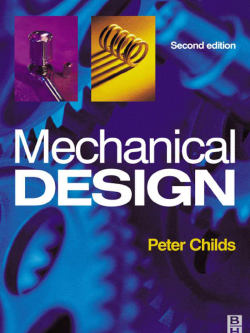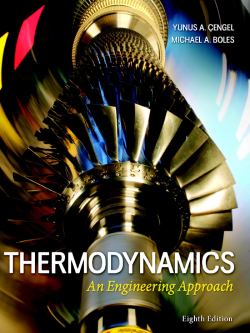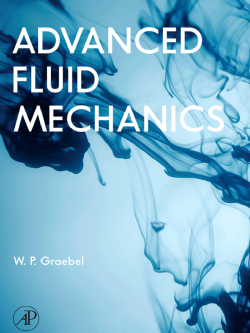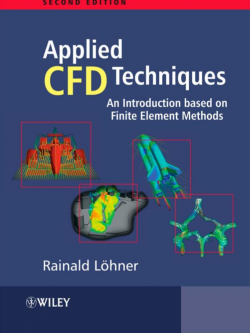Description
Numerical analysis is the branch of mathematics that is used to find approximations to difficult problems such as finding the roots of non−linear equations, integration involving complex expressions and solving differential equations for which analytical solutions do not exist. It is applied to a wide variety of disciplines such as business, all fields of engineering, computer science, education, geology, meteorology, and others.
Years ago, high−speed computers did not exist, and if they did, the largest corporations could only afford them; consequently, the manual computation required lots of time and hard work. But now that computers have become indispensable for research work in science, engineering and other fields, numerical analysis has become a much easier and more pleasant task. This book is written primarily for students/readers who have a good background of high−school algebra, geometry, trigonometry, and the fundamentals of differential and integral calculus.* A prior knowledge of differential equations is desirable but not necessary; this topic is reviewed in Chapter 5. One can use Fortran, Pascal, C, or Visual Basic or even a spreadsheet to solve a difficult problem. It is the opinion of this author that the best applications programs for solving engineering problems are 1) MATLAB which is capable of performing advanced mathematical and engineering computations, and 2) the Microsoft Excel spreadsheet since the versatility offered by spreadsheets have revolutionized the personal computer industry. We will assume that the reader has no prior knowledge of MATLAB and limited familiarity with Excel.
We intend to teach the student/reader how to use MATLAB via practical examples and for detailed explanations he/she will be referred to an Excel reference book or the MATLAB User’s Guide. The MATLAB commands, functions, and statements used in this text can be executed with either MATLAB Student Version 12 or later. Our discussions are based on a PC with Windows XP platforms but if you have another platform such as Macintosh, please refer to the appropriate sections of the MATLAB’s User Guide that also contains instructions for installation.
MATLAB is an acronym for MATrix LABoratory and it is a very large computer application which is divided to several special application fields referred to as toolboxes. In this book we will be using the toolboxes furnished with the Student Edition of MATLAB. As of this writing, the latest release is MATLAB Student Version Release 14 and includes SIMULINK which is a software package used for modeling, simulating, and analyzing dynamic systems. SIMULINK is not discussed in this text; the interested reader may refer to Introduction to Simulink with Engineering Applications, ISBN 0−۹۷۴۴۲۳۹−۷−۱.
Chapter 1 is an introduction to MATLAB. The discussion is based on MATLAB Student Version 5 and it is also applicable to Version 6. Chapter 2 discusses root approximations by numerical methods. Chapter 3 is a review of sinusoids and complex numbers. Chapter 4 is an introduction to matrices and methods of solving simultaneous algebraic equations using Excel and MATLAB.
Chapter 5 is an abbreviated, yet practical introduction to differential equations, state variables, state equations, eigenvalues and eigenvectors. Chapter 6 discusses the Taylor and Maclaurin series. Chapter 7 begins with finite differences and interpolation methods. It concludes with applications using MATLAB. Chapter 8 is an introduction to linear and parabolic regression.
Chapters 9 and 10 discuss numerical methods for differentiation and integration respectively. Chapter 11 is a brief introduction to difference equations with a few practical applications. Chapters 12 is devoted to partial fraction expansion. Chapters 13, 14, and 15 discuss certain interesting functions that find wide application in science, engineering, and probability. This text concludes with Chapter 16 which discusses three popular optimization methods.
New to the Third Edition This is an extensive revision of the first edition. The most notable changes are the inclusion of Fourier series, orthogonal functions and factorization methods, and the solutions to all end−of− chapter exercises. It is in response to many readers who expressed a desire to obtain the solutions in order to check their solutions to those of the author and thereby enhancing their knowledge. Another reason is that this text is written also for self−study by practicing engineers who need a review before taking more advanced courses such as digital image processing. The author has prepared more exercises and they are available with their solutions to those instructors who adopt this text for their class.
Another change is the addition of a rather comprehensive summary at the end of each chapter. Hopefully, this will be a valuable aid to instructors for preparation of view foils for presenting the material to their class. The last major change is the improvement of the plots generated by the latest revisions of the MATLAB® Student Version, Release 14.

